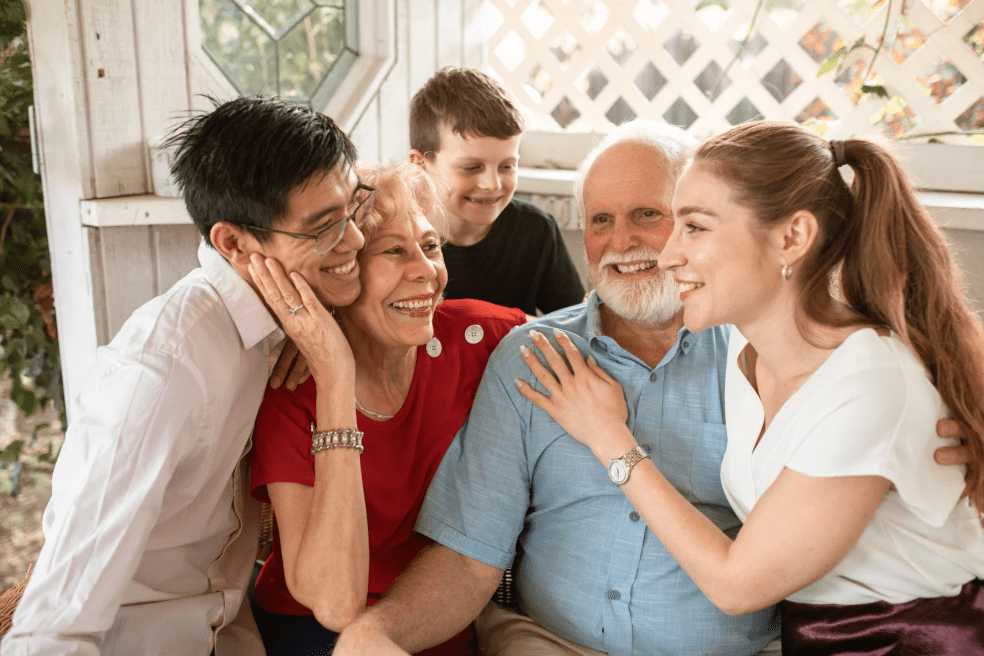Table Of Contents
In October 2019, the journal of Military Medicine published a study titled “Amyotrophic Lateral Sclerosis among Veterans Deployed in Support of Post-9/11 U.S. Conflicts”. This study suggested that there is an early onset of ALS among deployed military service members.
What is ALS?
Amyotrophic lateral sclerosis (ALS) is a progressive nervous system disease that affects nerve cells in the brain and spinal cord, causing loss of muscle control. ALS often begins with muscle twitching and weakness in a limb, or slurred speech. Eventually ALS affects control of the muscles needed to move, speak, eat, and breathe.
Signs and symptoms of ALS vary greatly from person to person. Signs and symptoms include:
- Difficulty walking or doing normal daily activities
- Tripping and falling
- Weakness in legs, feet, or ankles
- Hand weakness or clumsiness
- Slurred speech or trouble swallowing
- Muscle cramps and twitching in arms, shoulders, and tongue
- Inappropriate crying, laughing, or yawning
- Cognitive and behavioral changes
For most cases of ALS, the case is not known. Researchers continuously study possible causes of ALS however, there currently is no cure.
ALS and Military Service
U.S military service is a recognized risk factor for ALS. The average annual incidence of ALS among Gulf War Veterans was 0.43 per 100,000 persons with a case rate of 6.7 per million among the deployed compared to 3.5 per million among non-deployed.
Some evidence also suggests that even a single traumatic brain injury (TBI) can accelerate age-related neurodegeneration and is a possible trigger of ALS. Previous studies showed a threefold increased risk of ALS among those with a TBI.
ALS Study
The goals of this study were to identify specific characteristics of military service (e.g. combat, place of deployment, service branch) which are related to ALS. Specifically this study looked at deployed post-9/11 veterans and determined if certain patient characteristics, such as TBI, military branch, or occupation are associated with risk for ALS.
The study used individuals deployed in support of post-9/11 operations and identified 1,149,620 veterans who received care between October 1, 2001 and September 30, 2015. From there the population was divided into three categories: (1) definite ALS cases; (2) possible ALS cases; and (3) other ALS cases.
Results of the ALS Study
A total of 226 cases of ALS were identified. Of these cases, 139 were definite ALS and 87 were possible ALS. There were significant difference in demographic characteristics between definite cases of ALS and the others, with definite cases being more likely to be male and white. Definite ALS cases were also more likely to be: (1) highly educated, (2) in the Air Force, (3) officers, and (4) Reserve/Guard.
ALS prevalence was highest among Air Force personnel and lowest among Marines compared to those in Army and Navy/Coast Guard. By major DoD occupational category, tactical operations officers (e.g., pilots, air craft crews, and missile combat operations staff officers) had significantly higher ALS prevalence compared to administrators and general officers. Essentially, the study found that having ALS was 2.2 times more likely among tactical operations officers compared to administrators and general officers, while there was no significant difference for TBI.
Why Does this Matter?
The results of this study show a greater prevalence of ALS among the post-9/11 deployed U.S. war veterans and at a relatively younger age, with individuals in DoD occupational categories of tactical operations officers and health care workers being at highest risk. This increased risk suggests that deployed veterans are at increased risk of early onset of ALS compared to other populations.
Overall, these findings further support VHA’s commitment to care of these service-connected disabled veterans through a National ALS System of Care with a mission to address and manage the multiple medical, physical, functional, psychological, and social effects of the condition.
Veterans Help Group have been supporting veterans in getting the benefits they deserve since 1995. If you or a loved one served, and suffer from ALS, we are here to help. Call Veterans Help Group at 855-855-8992 or complete our free veterans benefits case evaluation form.

Veterans Help Group Serving Our Community
Veterans Help Group Serving Our Community By Bobbi Boudi, Director of Community Outreach & Amy...

How Much Back Pay Will You Receive?
What is VA Disability Back Pay? VA disability back pay is payment for benefits the veteran was...

Your Guide to VA Ratings: Sleep Apnea
Your Guide to VA Ratings: Sleep Apnea Sleep apnea can be a serious condition that may impact...





